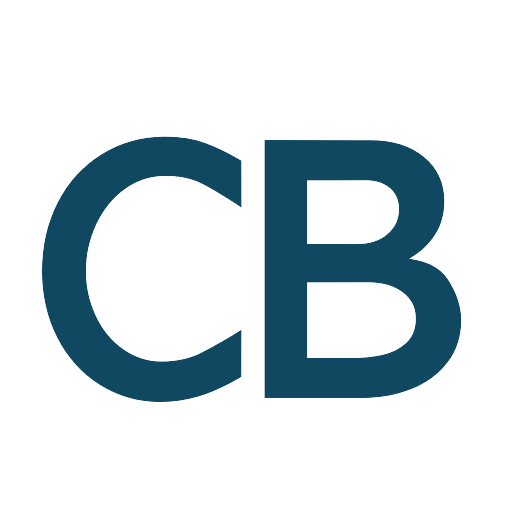One of the greatest resources that most companies have is people. Employees of all levels can offer interesting insights for an audience that may include potential clients and encourage them to engage with your company.
At their best, employee interviews can establish thought leadership, make the company relatable to clients, and encourage prospective customers to get in touch. They can enliven press releases, work as standalone corporate blog posts, or be a part of online video. However, most such interviews are done poorly.
There are structural reasons for this. Corporate figures usually need to sign off on material written by marketing departments. Consensus building in a marketing team often works to dilute the potency of an interview. The interviewer and interviewee may even see the exercise as an item on the content plan that needs to be checked off. Often, the result is content that blandly promotes the company at the expense of being genuinely interesting to target readers.
Here are 10 key tips to getting more out of an employee interview for content marketing:
- Know your stuff. Above all, learn the details about the subject at hand or the person you are interviewing. Don’t do this at the last minute; get the details and dwell on it a little. AI tools can help a lot – understand the market environment in which your interviewee ‘lives’ to get a sense of the pressures they might be under and how they are responding.
- Stay focused. Don’t let the interview subject bog down in numbers during the interview. This happens a lot with engineers and technical people, whose lifeblood is numbers. Specifications or technical details can all be gathered from relevant documents. The interviewee should be offering insight into those details, not the details themselves.
- Allow moments of silence. A common mistake interviewers make is to jump in and add more commentary or padding to a question when the interviewee is taking a moment to think about an answer. Let a person gather their thoughts on a big or tricky question. Adding more prompts can derail what might have been a thoughtful, interesting answer. If your interviewee seems genuinely stuck on a question, simply ask if they have something to say or if it’s time to move on.
- Of course, get the big picture. Senior executives and engineers can provide the high-level view on company developments, the market, and so on. Without giving too much away, senior leaders give a perspective that resonates with other decision makers.
- But ask for specific examples. Abstract talk is fine for big ideas, but it takes concrete examples to bring those ideas alive. Oftentimes, it is a concrete example that illustrates the big idea for the reader. After hearing about something abstract, a simple follow up (“give me an example of that”) may be all that is needed.
- Look for colour. What metaphor describes a new product or service? Who said what during a brainstorming session? Was there a moment of discovery? What happened? Find a colourful anecdote that breathes life into a corporate story.
- Describe your interviewee. Most B2B marketing interviews give the title of the person being interviewed. That’s not enough. “Senior Vice President, Engineering” is a good title, but perhaps there is more. Perhaps your subject is an aerospace engineer AND a pilot, AND someone who is building a private plane in their backyard. And maybe that’s why your interview subject has a lot to say on why wing camber theory needs to be rethought. A biography isn’t necessary, but a few extra words about a relevant passion or personal history can add weight to subsequent comments.
- Avoid statements of pride. “We are really proud of XYZ.” Readers may or may not care; most likely, they won’t. Company people are of course proud or excited about company news. Your readers want to learn something interesting, so don’t waste their time with obvious statements.
- Never forget to ask why. Of the “Five Ws” (who, what, where, when, why), the most potent is why. It usually generates the most important information, particularly when trying to develop a narrative around a company, product or service rather than just a description.
- Ask one final question: “Is there anything I haven’t asked you that you would like to say?” It is a piece of advice I got about doing interviews and I use it all the time. It often yields nothing. Most interviewees are simply happy to finish an interview and get back to work. But sometimes you get unexpected and interesting information that can enliven an interview or even lead to another piece of content.

